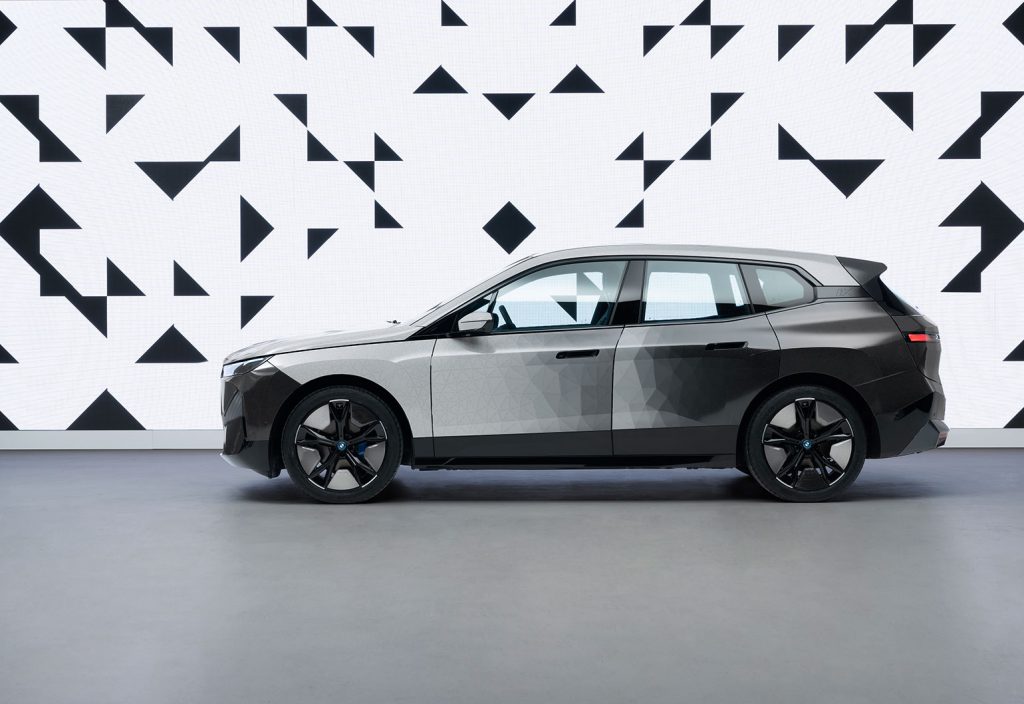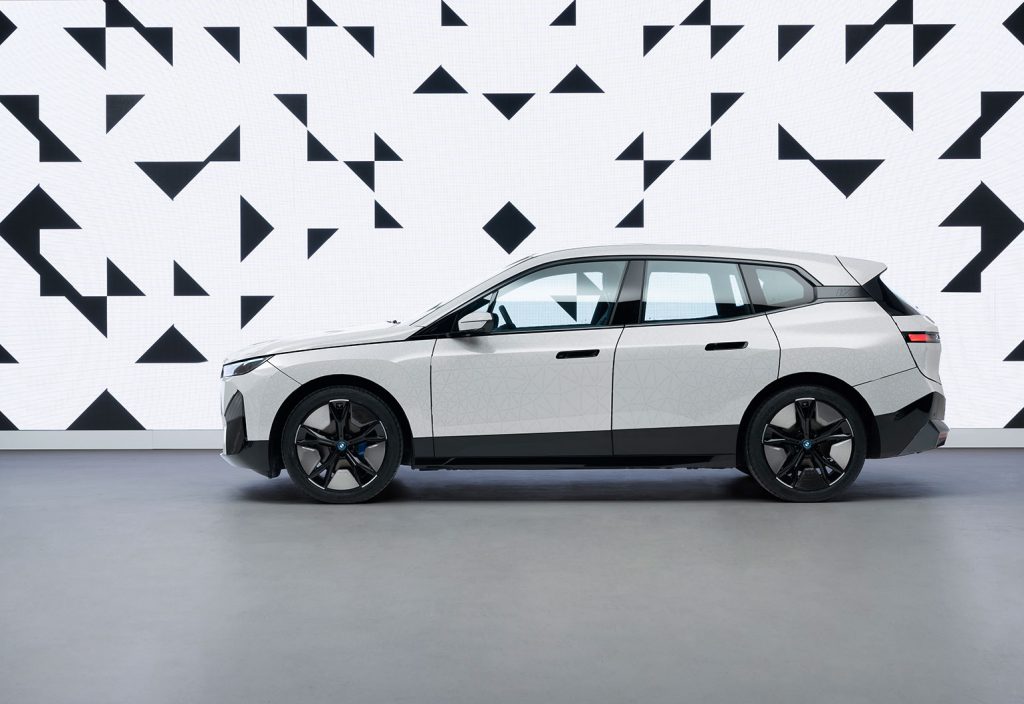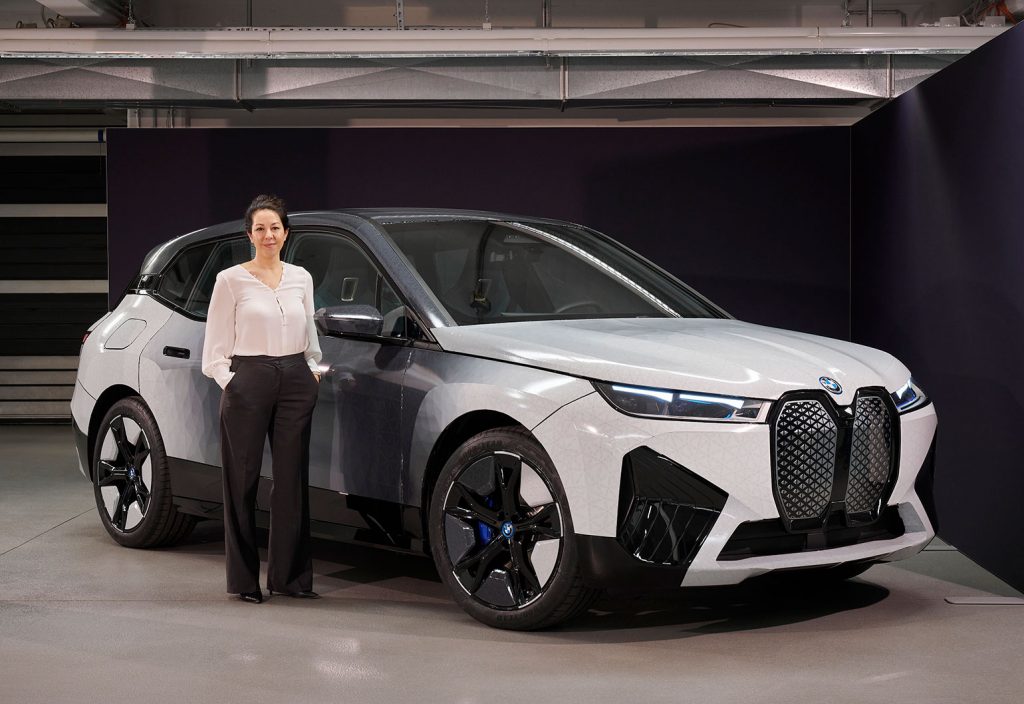A team led by an Australian engineer has developed world-first technology that changes the colour of a car with the press of a button.
Unveiled at the Consumer Electronics Show in Las Vegas earlier this month, BMW’s iX Flow concept car is covered in E Ink panels, which are used in ebook readers such as Kindles.
The technology works by bringing different pigments to the surface when stimulated by electrical signals, which are controlled by a button in the vehicle or on a phone app.
The car then changes shades and design, offering different patterns in black, white and grey combinations.
Project lead Stella Clarke, a Sydney-raised BMW research engineer, explained the many uses she envisages for the technology.
“We can show information on the exterior of the car,” she said. “We can show you the battery status, we can show you if a car-sharing car is free or if it’s been cleaned. If you’ve lost your car in a parking lot we can make it flash.”
Clarke added that the E Ink technology is energy efficient, only using power to the change colour or design — not to maintain it.
“My favourite use case is the use of colour to influence sunlight reflections,” she said.
“On a hot, sunny day … you could switch the colour white to reflect sunlight. On a cold day, you could switch it black to absorb the heat… and thus influence the thermal properties of the car to support our sustainability goals.”
Colour-changing paint technology
Engineers from BMW worked with a team from E Ink on the project.
“E Ink’s colour changing technology is technically amazing. Seeing it formed on our highly curved surfaces is absolutely unexpected and seemingly magical,” Clarke said.
“We took this material — it’s kind of a thick paper — and our challenge was to get this on a 3D object like our cars.”
The result is a surface coating on the car that contains millions of microcapsules with a diameter roughly the same thickness as a human hair.


Each microcapsule contains negatively charged white pigments and positively charged black pigments. Depending on the chosen setting, stimulation by means of an electrical field causes either the white or the black pigments to collect at the surface of the microcapsule, giving the car body the desired shade.
The material does not emit light, but reflects ambient light in its surroundings, giving the display a paint-like appearance.
The design film, E Ink Prism, is fully programmable, giving BMW the ability to customise the patterns and materials.
BMW said it applied many precisely fitted e-paper segments to the vehicle, and used generative design processes to ensure the segments reflected the characteristic contours of the vehicle and the resulting variations in light and shadow.
Laser cutting technologies are used on each segment. These are then applied to the car and the power supply for stimulating the electrical field is then connected. Once this is done, the entire body is warmed and sealed to maximise the colour production whenever the vehicle colour is changed.
Added benefits of a colour-changing car
A variable exterior means cars can help to cut the amount of cooling and heating required from the air conditioning, reducing the amount of energy the vehicle’s electrical system needs, as well as its fuel or electricity consumption.
The technology is not yet ready for mass production, but BMW envisages that in an all-electric car, changing the colour in line with the weather could help to increase the range.
E Ink technology is also extremely energy efficient. Unlike displays or projectors, the electrophoretic technology needs absolutely no energy to keep the chosen colour state constant, with current only flowing during the short colour changing phase.
